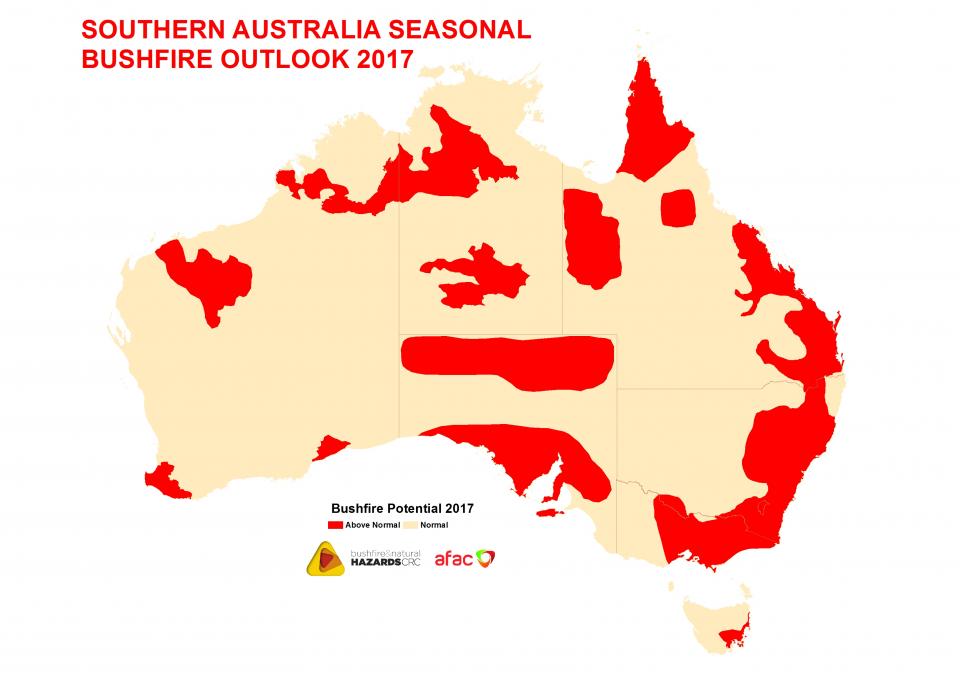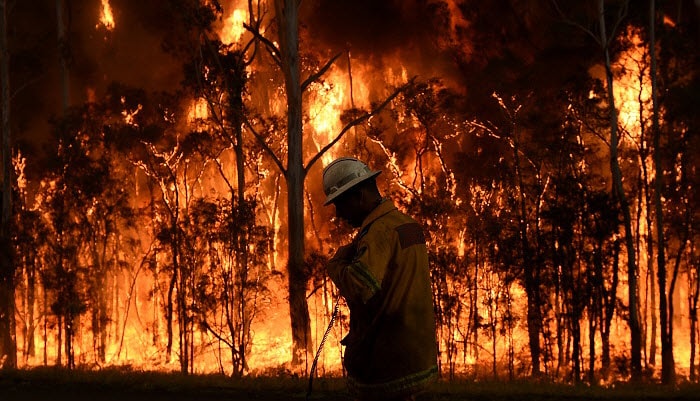BMP Insights: Key Components and Benefits of a Bushfire Management Plan
BMP Insights: Key Components and Benefits of a Bushfire Management Plan
Blog Article
Expert Guidance on Bushfire Management for Boosted Fire Security
In the world of bushfire monitoring, the relevance of expert advice can not be overemphasized. From comprehending the subtleties of bushfire behavior to implementing sensible steps such as firebreaks and defensible areas, there exists a riches of expertise that can considerably enhance fire security initiatives.
Comprehending Bushfire Habits
To efficiently manage and mitigate the impact of bushfires, it is necessary to have an extensive understanding of bushfire habits. Bushfires are complicated all-natural sensations affected by different aspects such as climate condition, topography, gas tons, and human activities. Comprehending how these aspects connect is important in predicting the behavior of a bushfire, permitting for far better preparation and feedback approaches.
One trick facet of bushfire actions is fire spread. This incorporates the price at which a fire developments, the direction it takes, and the strength of the fires. By examining past fire occurrences and analyzing fire patterns, experts can prepare for exactly how a bushfire might progress under certain conditions. BMP. This understanding contributes in devising evacuation strategies, designating firefighting resources efficiently, and implementing hazard reduction steps.
Furthermore, understanding ash assault, finding, and fire tries is necessary in comprehending the complete degree of bushfire actions. Coal can travel lengthy distances ahead of the fire front, stiring up spot fires and presenting a significant hazard to buildings. Fire tries, on the other hand, can produce irregular fire behavior, making the fire administration procedure much more tough. By diving into these complexities of bushfire actions, authorities can boost their readiness and feedback abilities, inevitably reducing the impact of these harmful occasions.
Executing Firebreaks and Defensible Rooms
Recognizing bushfire actions is fundamental for effectively implementing firebreaks and creating defensible areas to boost fire defense. Firebreaks are purposefully positioned spaces in plants or various other combustible products that work as obstacles to slow down or stop the progress of a bushfire. These can be natural features like rivers or roads, or synthetic clearings up. Keeping these firebreaks through regular clearing up of particles and greenery is important to ensure their effectiveness throughout a bushfire occasion.

Appropriately applying firebreaks and defensible rooms requires meticulous preparation, normal upkeep, and area cooperation to guarantee the highest degree of fire protection for properties and lives in bushfire-prone locations.
Making Use Of Very Early Caution Equipments
Releasing advanced very early warning systems is vital for timely detection and informing of prospective bushfire risks. By utilizing advanced technologies such as satellite surveillance, climate sensing units, and thermal imaging, authorities can efficiently check fire-prone locations and identify ignition resources at the earliest stages. These systems can provide real-time information on fire instructions, intensity, and behavior, enabling prompt decision-making and fast release of firefighting resources to the influenced areas.
Very early warning systems likewise play a critical role in informing residents and areas regarding impending bushfire threats. Via automated sirens, text signals, telephone call, and social media sites notifications, individuals can be quickly notified concerning evacuation orders, safe look at these guys sanctuary areas, and emergency situation treatments. This proactive technique not just conserves lives but also lessens building damage by making certain that individuals have sufficient time to evacuate and secure their homes.
Developing Discharge Strategies
Efficient emptying plans are crucial for ensuring the safety of residents in bushfire-prone areas. Developing well-thought-out evacuation strategies is crucial in mitigating the risks posed by bushfires and safeguarding human life. These plans should be comprehensive, thinking about numerous variables such as the topography of the location, the thickness of greenery, and the likely speed and instructions of the fire's spread.
When developing discharge strategies, it is necessary to develop clear emptying routes and setting up factors where locals can gather securely. These courses need to be on a regular basis preserved to guarantee ease of access throughout emergency situations. Furthermore, interaction techniques must remain in location to sharp citizens of imminent threat and supply clear directions on discharge procedures.
Collaboration in between local authorities, emergency situation services, and neighborhood members is vital in creating efficient evacuation strategies. Regular drills and workouts should be performed to familiarize homeowners with the procedures and make certain a swift and organized discharge when a bushfire threatens the location. By prioritizing the growth of durable evacuation plans, areas can enhance their strength to bushfire emergency situations and minimize the possible influence on lives and residential properties

Participating In Community Readiness
In the realm of bushfire management, cultivating area readiness plays a critical role in strengthening the resilience of homeowners residing in high-risk locations. Engaging in neighborhood preparedness entails informing homeowners on bushfire dangers, advertising fire security practices, and creating emergency situation plans jointly. By actively entailing the community in readiness efforts, people become a lot more informed and encouraged to take positive actions to protect their lives and residential properties during bushfire occurrences.
Area preparedness campaigns typically consist of conducting fire drills, developing interaction networks, and organizing training sessions on fire reductions techniques. Urging collaboration among neighbors to produce a natural assistance system can significantly boost the overall preparedness level of a neighborhood. When homeowners are well-informed and furnished to react properly to bushfires, the probability of decreasing damages and guaranteeing security boosts considerably.
Final Thought
In final thought, efficient bushfire administration calls for a thorough understanding of fire actions, the execution of firebreaks and you can try here defensible rooms, the use of very early caution systems, the advancement of emptying strategies, and neighborhood interaction in preparedness efforts. By incorporating these strategies, areas can boost their fire security procedures and minimize the effect of bushfires on both property and lives. BAL Assessment. It is crucial for all stakeholders to interact to produce a safer setting when faced with this natural disaster
To effectively take care of and minimize the effect of bushfires, it is imperative to have a thorough understanding of bushfire actions. By researching past fire incidents and assessing fire patterns, professionals can anticipate just how a bushfire may progress under certain conditions.Understanding bushfire habits is foundational for effectively implementing firebreaks and creating defensible rooms to enhance fire defense. Engaging in area preparedness includes enlightening locals on bushfire threats, promoting fire safety and security practices, and developing emergency plans jointly.In conclusion, efficient bushfire monitoring requires a thorough understanding of fire actions, the application of firebreaks and defensible click site rooms, the utilization of very early caution systems, the development of emptying strategies, and area interaction in readiness efforts.
Report this page